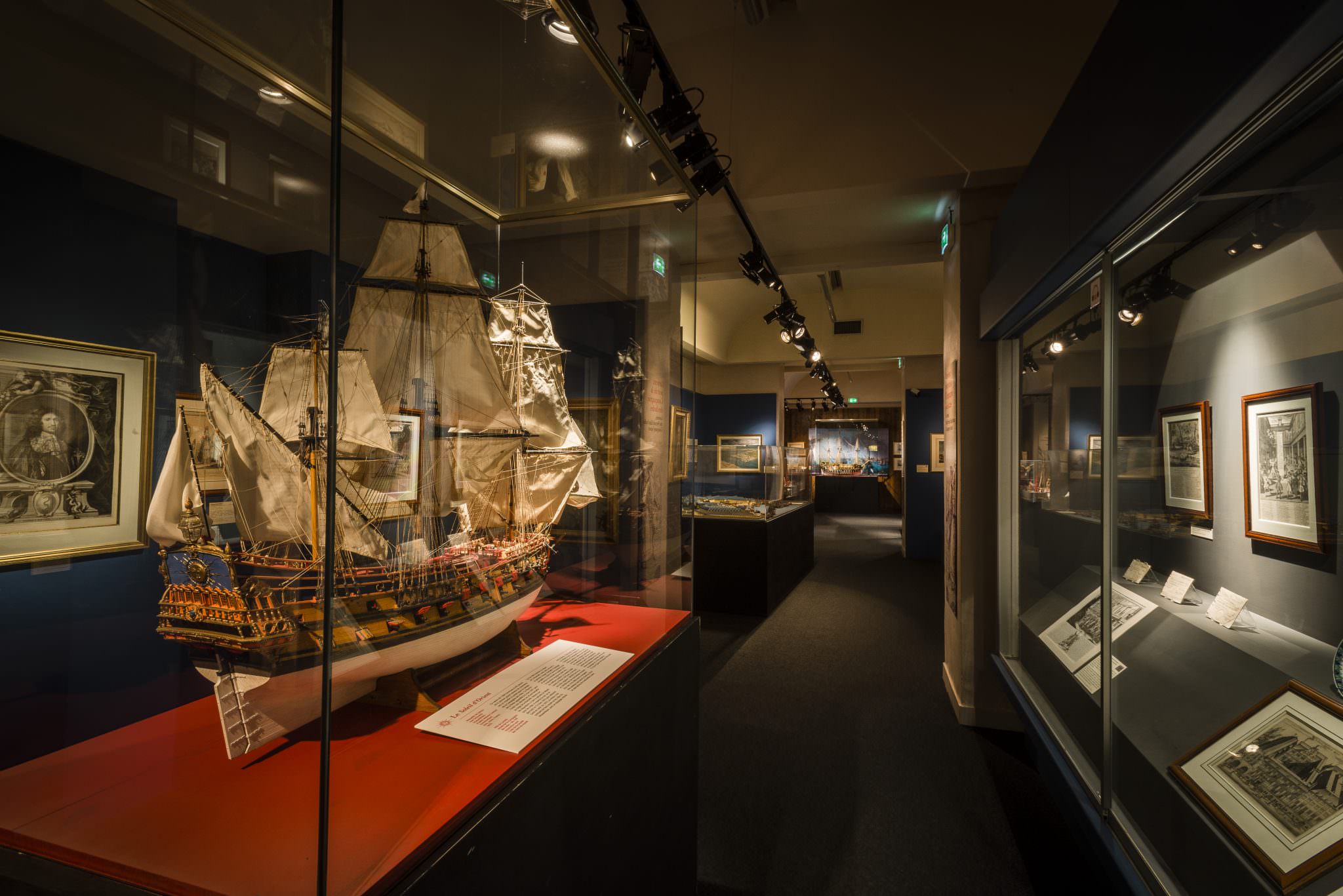
French East India Company museum
- 1 day
- In couple
- Must see
- With kids
Lorient and the French East India Company
Lorient has a rich history originating in the development of the French East India Company during the 17th century. Today, thanks to the museum of the French East India Company of Lorient, located in the enclosure of the Citadelle of Port-Louis, and the marks left on the town by this adventure, you will discover a town forged in adventure and exoticism.
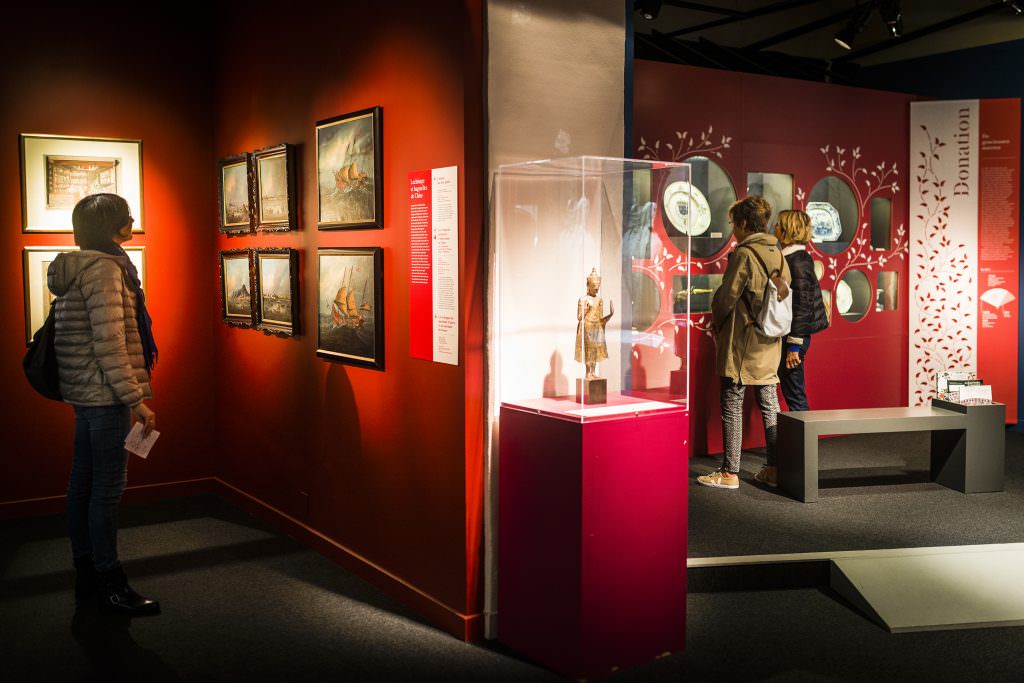
The story of Lorient's trade with India
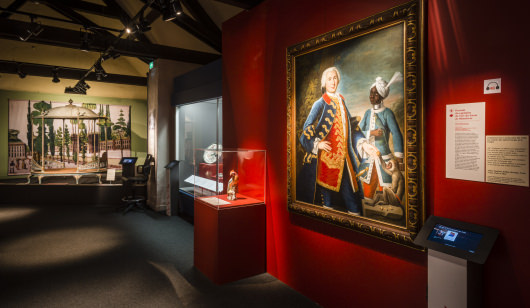
Some History…
“We have hereby, signed by our hand, authorized and permit said Company to establishment itself at said places in Port Louis, Féandick and others in the vicinity, along the rivers of Hennebont and Pont-Scorff…”.
In June 1666, the Sun King, Louis XIV, unknowingly signed the birth certificate of the town of Lorient. By welcoming the French East India Company founded by Colbert to Port-Louis, the whole area developed rapidly.
Did you know that the name chosen for the newly created town comes from the name given to the ship, the famous Soleil d’Orient, built in 1667?
Today, the ramparts of the Citadel of Port-Louis are open to visitors curious to discover the history and heritage of the French East India Company, as well as the National Maritime Museum.
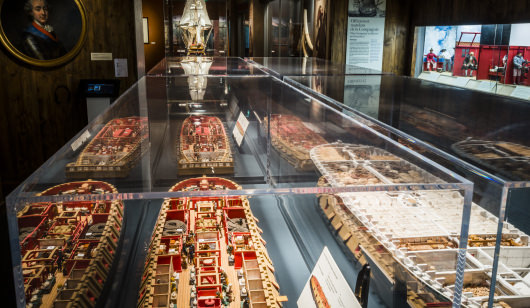
The French East India Company museum
The museum of the French East India Company in Port-Louis, retraces the history and adventure of this exotic international trade in Lorient by means of magnificent period pieces and reconstructions.
With a wide range of collections, the museum brings you on a journey to understand the history of the trading companies, and the development of the town of Lorient and its port. You will also discover the life of the crews and navigation on board the ships of the East India Company. The activity of the various merchants and the goods transported are also on display.
The visit, rich in illustrations, objects and models is suitable for families, children and teenagers.
Guided tours are organized throughout the year, don’t hesitate to pick up a programme.
From the Orient to Lorient
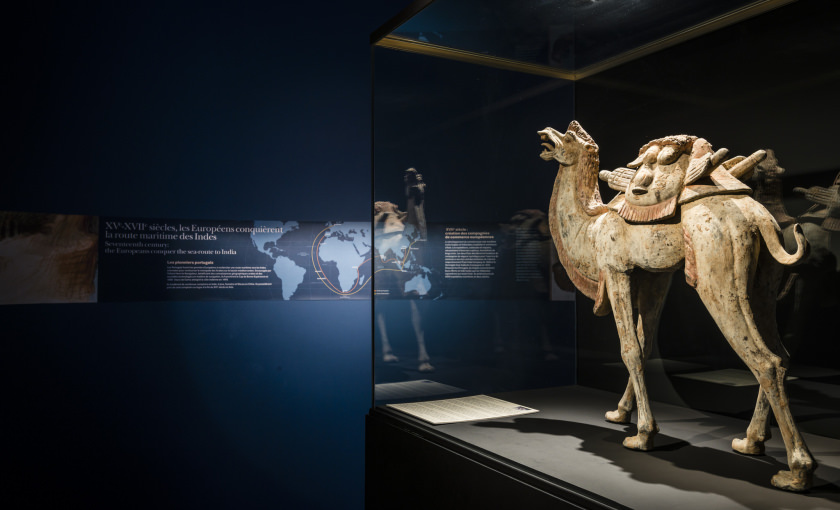
Lorient is the birthplace of the French East India Company, and carries the memory of an era of ocean adventures to the East Indies and the Americas. From the current traces of the Company to the great nautical challenges, the area is steeped in exotic origins.
From lobster in Kari Gosse sauce to the Pont des Indes, the town of Lorient proudly displays its origins: the French East India Company. Created by Colbert in 1664, it set up in the bay of Port-Louis at a place called Le Faouëdic en 1666. This is how Lorient was born: from trade with far-off places. Until the 18th century, the town saw spices, colourful silks and cotton, fine porcelain, coffee, tea, gold, precious woods and tropical plants landed on its quays.
Spice-filled Adventures
Witnesses to the Company’s splendour were the Hôtel Gabriel, which housed its headquarters, and the Tour de la Découverte, in the Enclos du Port. While international trade stopped during the French revolution, Lorient and its surroundings have kept a taste for spice-filled adventure.
Starting with a taste for the open seas through its ocean racing centre and numerous maritime expeditions: the double-handed transatlantic race between Lorient and Bermuda run by Éric Tabarly in 1979, or Lionel Lemonchois’ attempt to sail between Port-Louis in Brittany and Port-Louis in Mauritius in January 2014.
More unusual is the enigmatic Kari Gosse, found in the region’s pharmacies. This is a curry invented by Mr Gosse, a 19th century apothecary from Lorient, which goes very well with seafood.
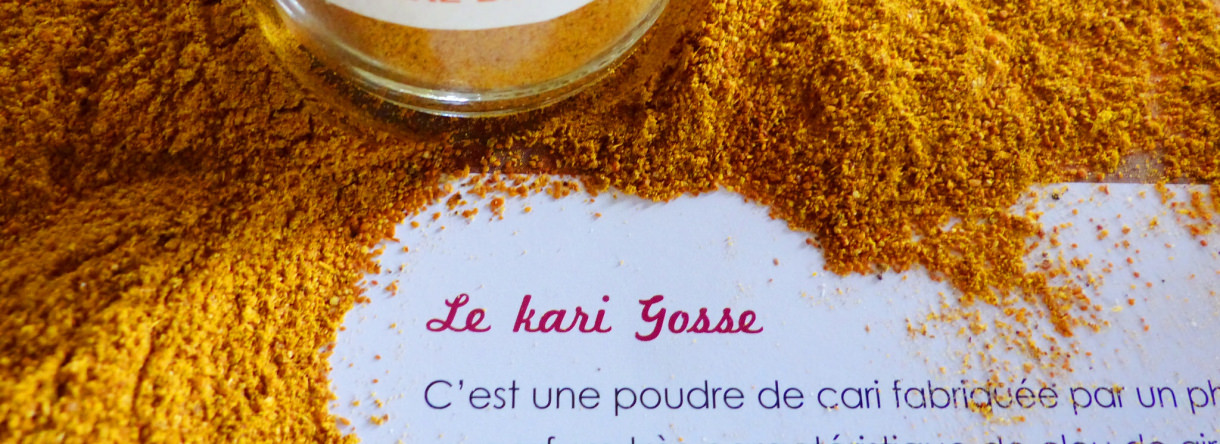
Tropical vegetation
Finally, the taste for the exotic can be felt in our parks and gardens, where tropical plants abound.
The most emblematic are undoubtedly the two gigantic Chilean palm trees that dominate the Faouëdic gardens in Lorient with their imposing 150 years of age. They survived the bombings of the Second World War, yet still bear the scars of the bullet holes in their bark.
They reflect the gardens of the Enclos du Port where exotic plants destined for the Jardin du Roy, now the Jardin des Plantes in Paris, were stored.
Last but not least, let us not forget the Festival Interceltique, a cultural melting pot of Celtic nations that come together every summer in Lorient, perpetuating the tradition of two weeks of sales organised every October by the French East India Company, bring merchants from all over Europe to the town’s quays.
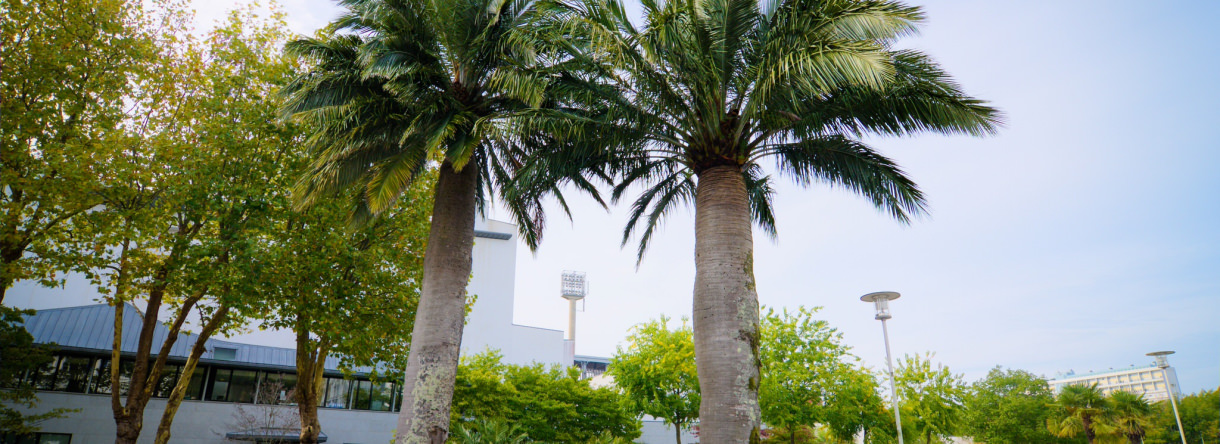
- Share:
